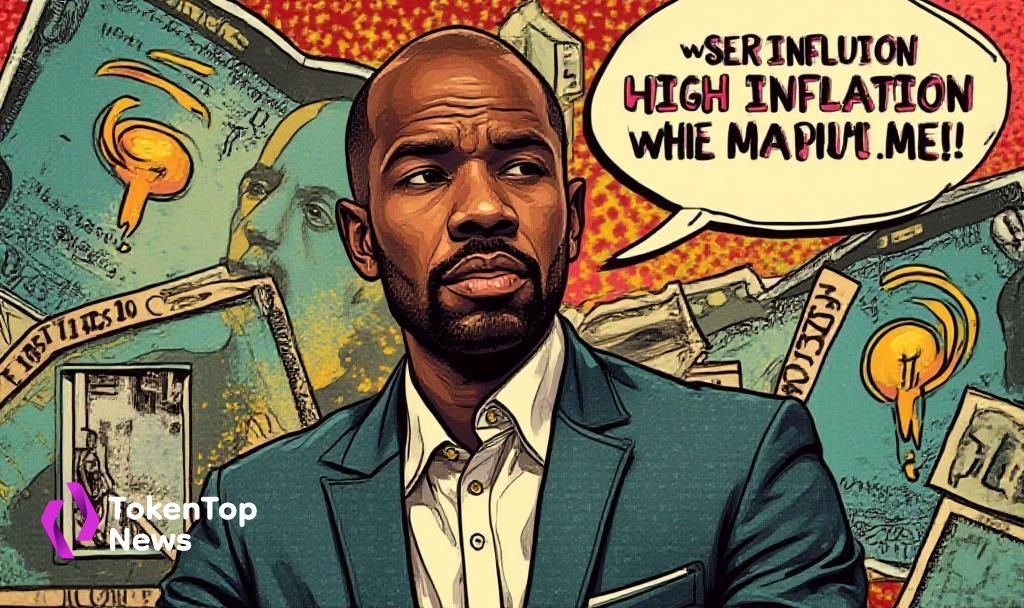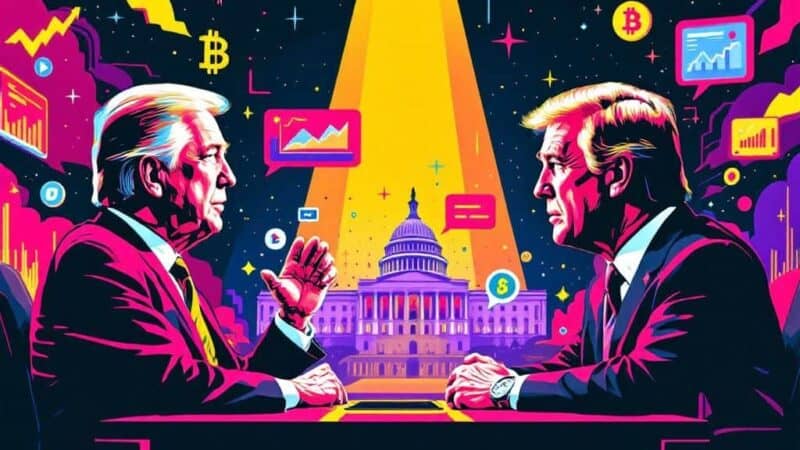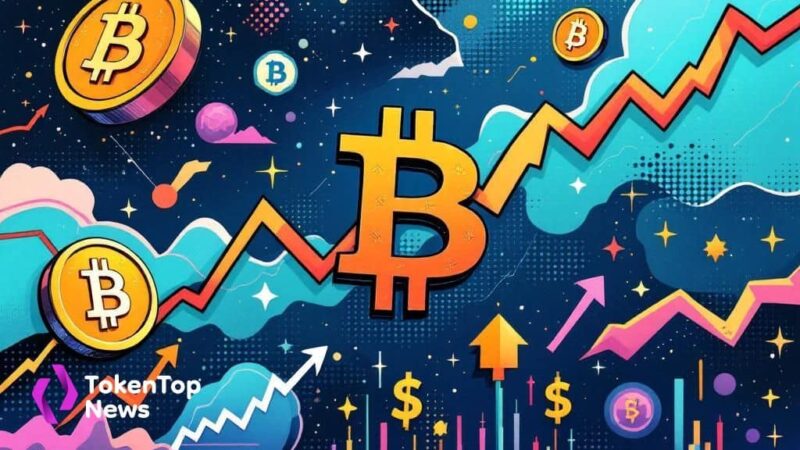Raphael Bostic Signals Prolonged High U.S. Inflation
- Fed’s Bostic anticipates prolonged inflation impacts by year’s end.
- Crypto markets may see suppressed growth.
- Potential rate hikes could affect financial liquidity.

Raphael Bostic, President of the Federal Reserve Bank of Atlanta, indicated in recent statements that the U.S. economy might face a prolonged period of high inflation. His comments emphasize potential extended impacts on financial markets.
Bostic’s warnings about lingering inflation highlight the challenge of achieving the Fed’s 2 percent inflation target and the impacts of potential prolonged restrictive policies. Raphael Bostic warns of prolonged U.S. inflation affecting markets.
Raphael Bostic has voiced concerns about the persistent nature of inflation, citing that it may not recede quickly. He stresses readiness to maintain a restrictive posture until inflation falls to the target level. As a voting member of the Federal Open Market Committee, his views are influential in shaping monetary policy in the U.S.
“I’m more concerned about what happens if we don’t get to our 2 percent mandate. Because of that, I’m willing to stay in this restrictive posture for longer just to be absolutely sure.” — Raphael Bostic, President, Federal Reserve Bank of Atlanta
If the Federal Reserve holds rates higher for a longer period, risk assets across markets, including cryptocurrencies like BTC and ETH, might face pressure. Persistently high inflation could lead to economic uncertainties impacting both the U.S. dollar’s value and crypto trading dynamics. Tariffs and persistent inflation threaten the economic landscape, potentially affecting dollar-denominated trades and stablecoins.
BTC and ETH could feel the adverse effects of the Fed’s aggressive stance, with historical data suggesting slower recovery in DeFi total value locked (TVL) and bearish trends in crypto asset prices when policy remains tight. Questions linger about how these economic changes will shape the market outlook and asset values in the coming months.
Data and historical patterns indicate that DeFi tokens and Layer 1/Layer 2 protocols like AAVE, UNI, SOL, and MATIC may experience liquidity strain. A persistent inflation environment may enhance narratives around BTC and ETH as hedges, yet restrictive policies could limit speculative investments. These scenarios underline the delicate balance of monetary policy and market stability.
Overall, Bostic’s statement resonates as a cautionary tale for markets, signaling the importance of monitoring economic indicators and regulatory actions closely.




